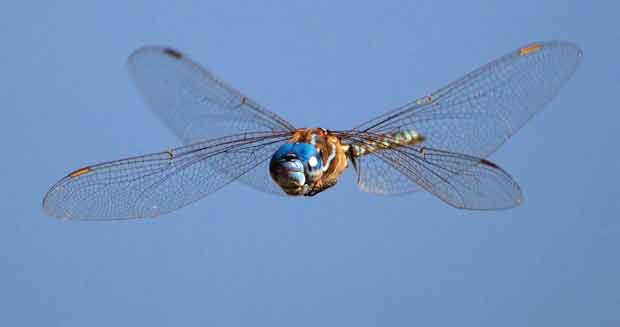SUMMER has been so slow in coming that it might seem a bit early too talk about fall migration - but all the early signs are there.
Nature works through gradual changes - one can see signs of spring in mid-winter, or signs of fall in the late summer.
One of the first signs that something is happening is the gatherings of swallows, often on power lines. These gatherings consist of adults and young of the year. We recently watched fledgling swallows being fed by their parents - literally stuffing insects into their mouths. Recently fledged birds can be told from adults by coloured areas on their bills called gape marks.
Flying insects become more numerous in August, including dragonflies, midges, and termites. Air currents (thermals) waft these insects skyward which are then fed on by swallows, swifts and nighthawks. Swallows to be watched for on the North Shore include cliff, northern rough-winged, barn, tree, violet-green, and the purple martin. An excellent place to look for swallows is Maplewood Conservation Area, where martins can be seen snatching dragonflies from mid-air, especially the big blue darners.
Swifts sometimes join swallows to feast on the clouds of insects. Two species found on the North Shore - black and Vaux's swifts have narrow; sickle-shaped sings; some of the world's fastest flying birds are swifts. Swifts are regarded as a portent to changing weather. When swifts show up in big numbers on days with gathering storm clouds, it's a good sign that rain may follow.
The common nighthawk, another champion aerialist, is not a hawk at all, but a member of the Nightjar Family, which also includes the whip-poor will, and chuck-wills-widow. Its loud "peweet" call is like no other bird, and like other speedy fliers, it has long pointed wings. Sadly, nighthawk numbers have declined in recent years, at least locally.
Speculation is that something is affecting them (and other species too) in their South American wintering grounds.
There are reports of shorebirds (waders) moving through our area, including western, least, and semipalmated sandpipers. These birds breed in the high north, wintering in South America. Habitats like Maplewood's tidal flats are critical feeding and resting areas on their long journey south. Lesser and greater yellowlegs, pectoral, Baird's, and longbilled dowitcher are a few of the other waders to watch for on the tidal flats. To enjoy waders fully, a good spotting (birding) scope is almost essential.
Al Grass is a naturalist with Wild Bird Trust of British Columbia, which sponsors free walks at Maplewood Flats Conservation Area on the second Saturday of every month. Meet at 10 a.m. at Maplewood Flats, 2645 Dollarton Hwy. (Two kilometres east of the Iron Workers Second Narrows Memorial Crossing.) Walks go rain or shine.



